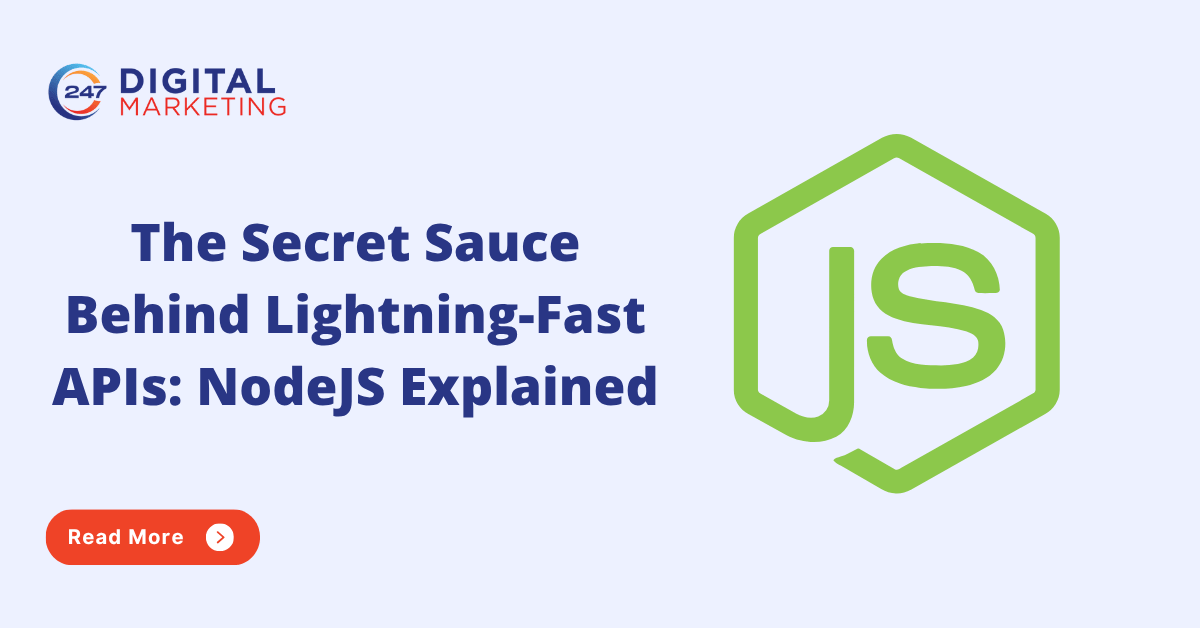Is Next.js Worth the Hype? A Deep Dive into Its Core Features

Introduction
If you’ve been in the web development space lately, you’ve probably heard the buzz around Next.js. From startups to enterprise giants, everyone seems to be talking about it. But is it really worth the hype, or just another shiny tool in the developer’s toolbox? Let’s dive in and find out.
What Is Next.js?
Next.js is a React framework developed by Vercel that helps developers build fast, scalable, and SEO-friendly web applications. It enhances the power of React by adding features like server-side rendering, static site generation, and API routes, all baked right in.
The Rise of Next.js in Modern Web Development
The modern web demands speed, scalability, and SEO optimization, and Next.js delivers on all three. It bridges the gap between static and dynamic applications, allowing developers to create blazing-fast sites that still offer rich interactivity.
Why Developers Are Flocking to Next.js
Performance Benefits
Performance is where Next.js truly shines. Thanks to automatic code splitting and optimized prefetching, users enjoy lightning-fast page loads.
SEO Advantages
Unlike client-side-only React apps, Next.js pages can be pre-rendered on the server, giving search engines real HTML to index. That’s a huge win for digital marketers.
Developer Experience
Next.js comes with built-in TypeScript support, file-based routing, and hot reloading, making it a dream for developers who value efficiency and speed.
Core Features of Next.js
Server-Side Rendering (SSR)
SSR ensures that your app’s pages are rendered on the server and sent fully formed to the client. This improves both SEO and initial load times.
Static Site Generation (SSG)
Next.js lets you pre-build pages at build time, which means ultra-fast load times and great scalability for content-heavy sites.
Incremental Static Regeneration (ISR)
ISR is a hybrid approach that combines the best of both worlds: static performance with dynamic content updates. It regenerates specific pages in the background as traffic hits them.
API Routes
With Next.js, you can create backend endpoints directly within your project no need for an external server. This makes it a lightweight API Development Company solution in itself.
Image Optimization
Next.js includes a built-in <Image> component that automatically optimizes images for different screen sizes and formats. Goodbye manual compression headaches!
Built-in Routing System
Forget manually configuring routers. Next.js offers a file-based routing system. Just create a new file in the /pages folder, and you’ve got a new route. Simple as that.
Next.js vs Traditional React
React is a powerful UI library, but on its own, it doesn’t handle things like routing or SSR. Next.js builds on React by adding these missing pieces, making it more production-ready out of the box.
Real-World Applications of Next.js
From eCommerce platforms and marketing websites to dashboards and SaaS products, Next.js powers some of the biggest names on the internet, including Netflix, Uber, and Twitch.
Performance and Scalability
Next.js apps scale effortlessly, whether you’re serving a few hundred users or millions. Its rendering methods and CDN integration make it a top choice for enterprises.
SEO Benefits and Marketing Impact
Since search engines love pre-rendered content, using Next.js can help your site rank higher and attract more organic traffic. It’s a must-have for businesses relying on online visibility.
The Developer Ecosystem
The Next.js ecosystem is massive. From plugins and templates to third-party integrations, developers can find tools for almost every use case. If you’ve worked with a MERN Stack Development Company or MEAN Stack Development Company, you’ll notice how naturally Next.js fits into modern tech stacks.
Community Support and Documentation
Next.js is backed by a thriving open-source community and Vercel’s top-notch documentation. Whether you’re a beginner or a pro, you’ll find answers quickly.
When to Choose Next.js Over Others
Use Next.js when you need:
- Great SEO out of the box
- Hybrid rendering (SSR + SSG + ISR)
- Easy scalability
- Fast performance with minimal configuration
If your project checks these boxes, Next.js is a perfect match.
Next.js in Comparison with Other Frameworks
Next.js vs Gatsby
Gatsby is great for static sites, but Next.js offers more flexibility and better handling of dynamic content.
Next.js vs Nuxt.js
Nuxt.js is the Vue equivalent of Next.js. Both are powerful, but if you’re in the React ecosystem, Next.js is the clear winner.
Next.js vs Create React App
CRA is ideal for small projects and prototypes, while Next.js is made for production-grade applications that require performance and SEO optimization.
Who Should Use Next.js?
If you’re building enterprise-grade applications, eCommerce stores, or marketing websites, Next.js will save you tons of time and effort. Partnering with a NextJS Development Company can also help you unlock its full potential.
Final Verdict: Is Next.js Worth the Hype?
Absolutely. Next.js isn’t just hype; it’s a framework that delivers real results. Its flexibility, performance, and developer experience make it a go-to choice for modern web projects. Whether you’re building static blogs or complex web apps, Next.js offers the right tools for the job.
Conclusion
Next.js represents the future of React development. It simplifies complex processes like SSR and SSG while boosting performance and SEO. If your goal is to build fast, scalable, and optimized applications, Next.js deserves a spot in your toolkit.
Mitesh Patel is the co-founder of 247 Digital Marketing, LawFirm Marketing and a columnist. He helps companies like Emerson and other top Fortune 500 compnies to grow their revenue.




